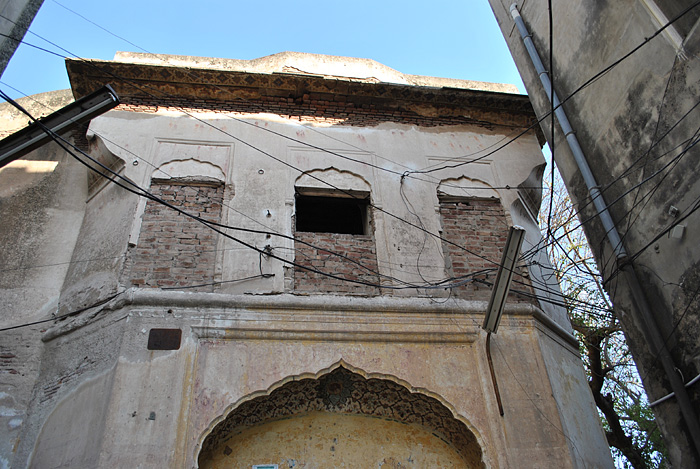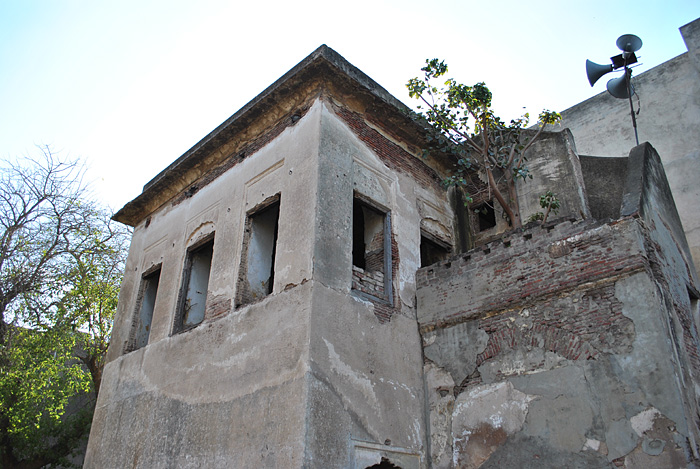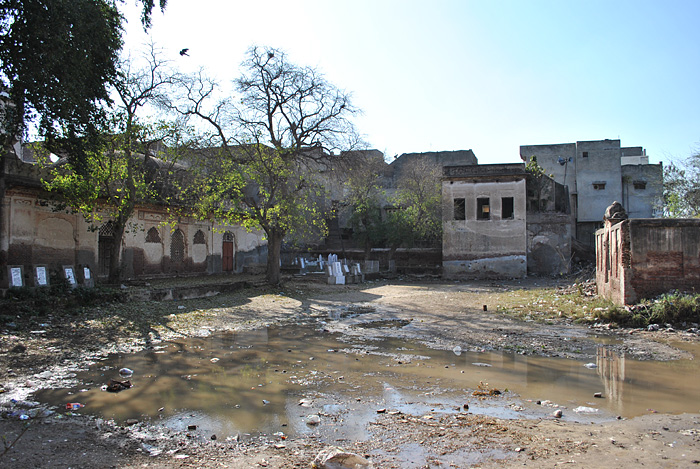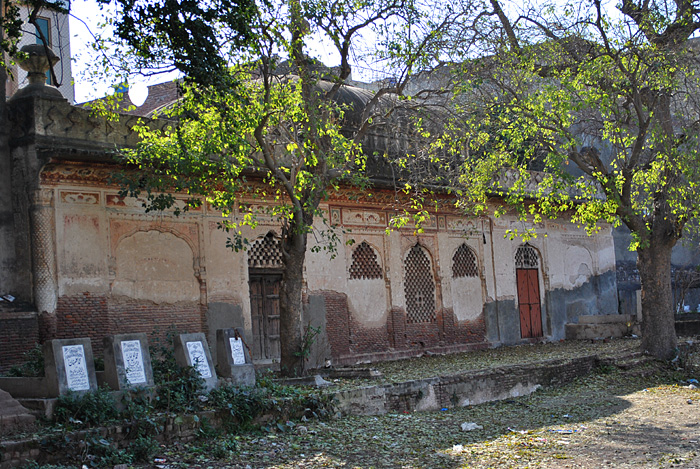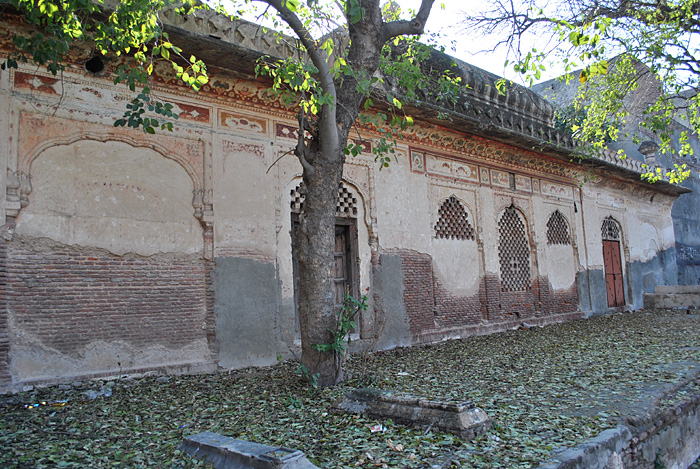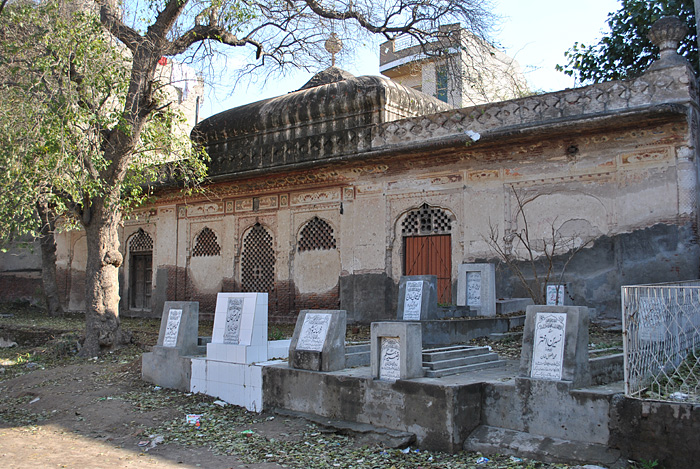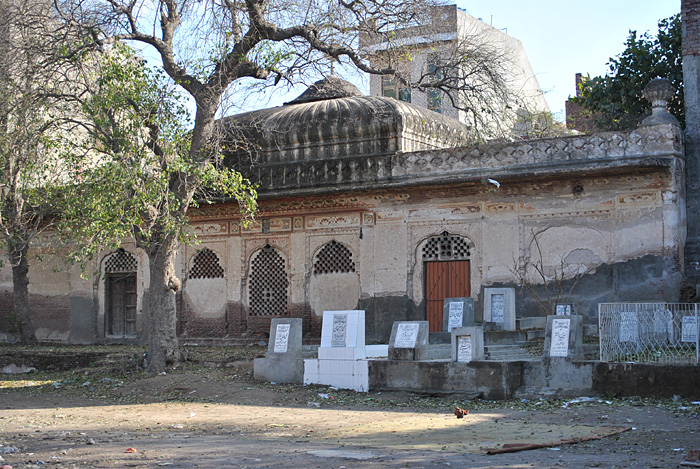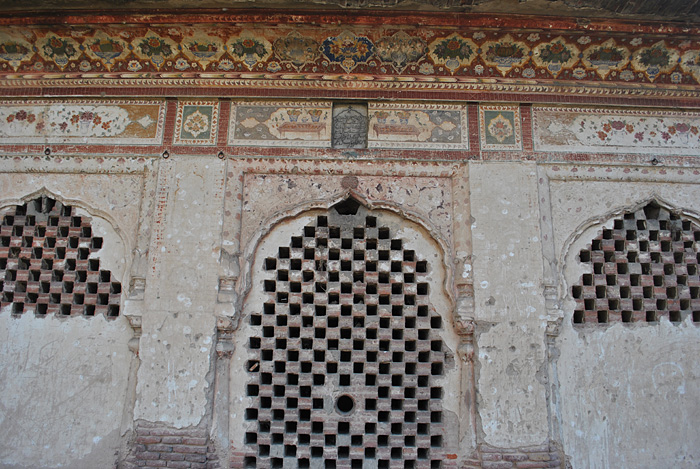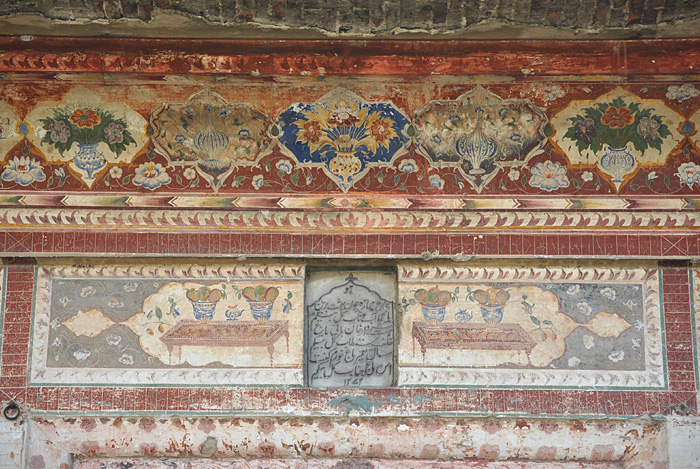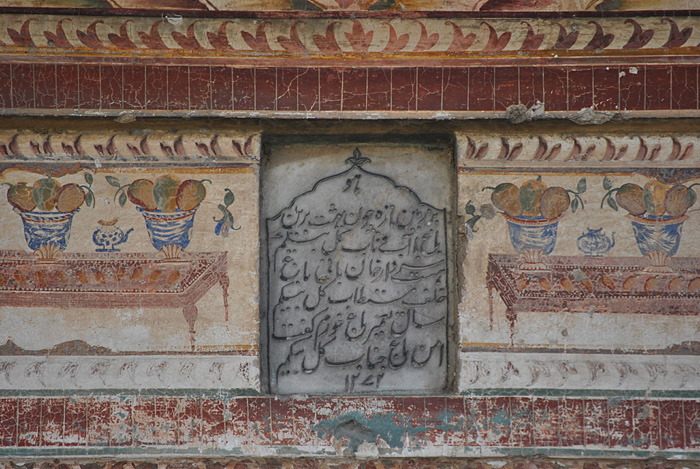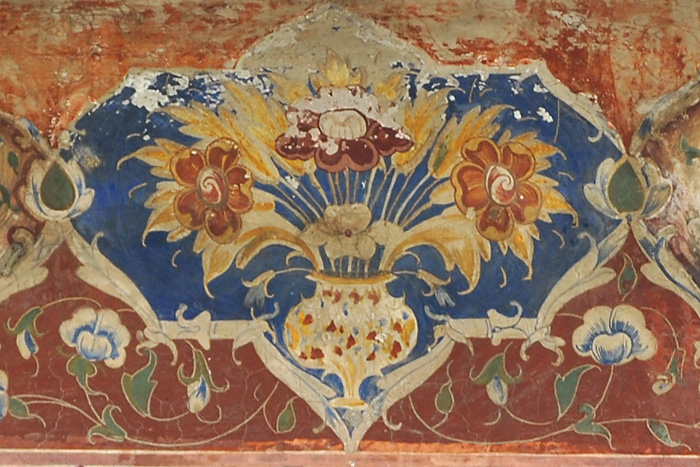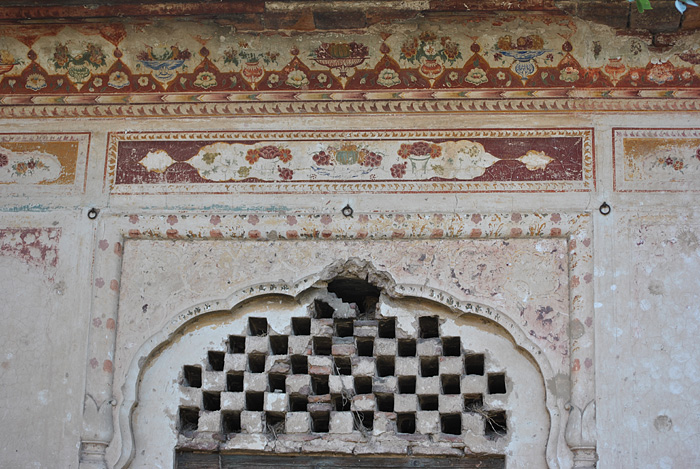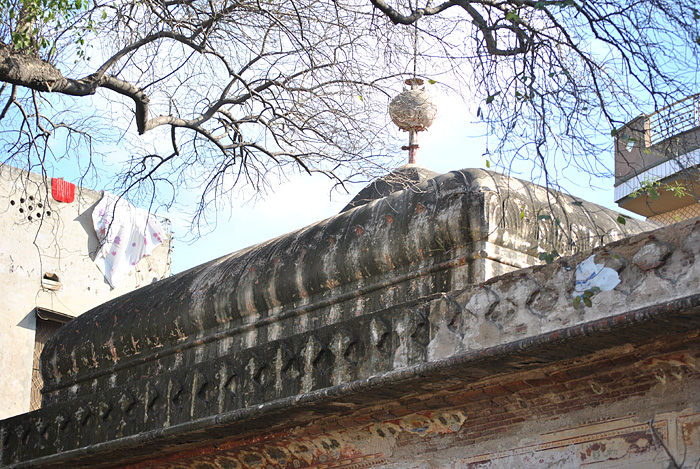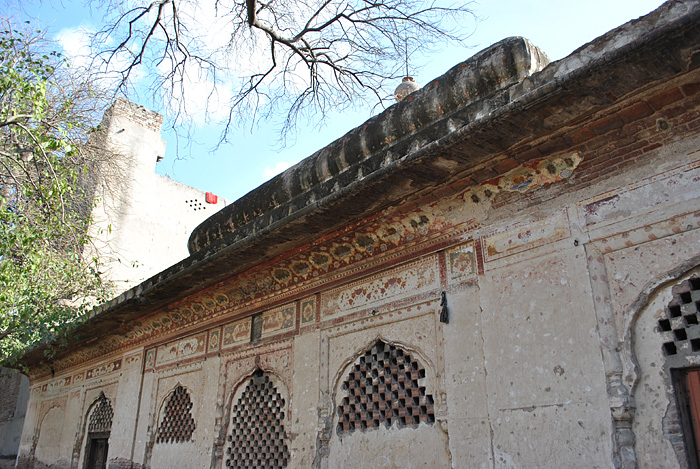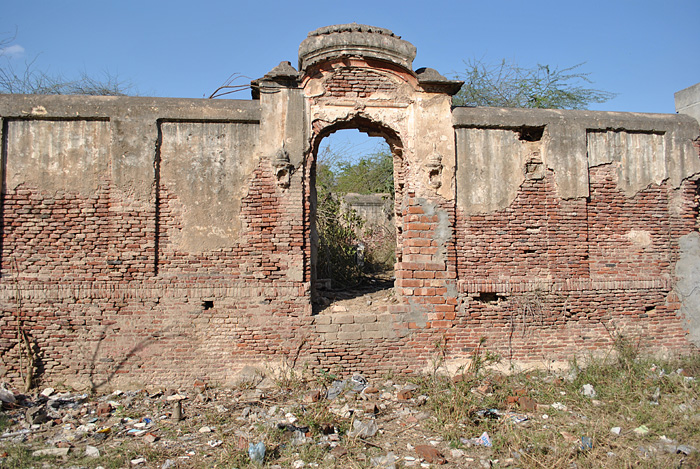Gul Begum Bagh Garden
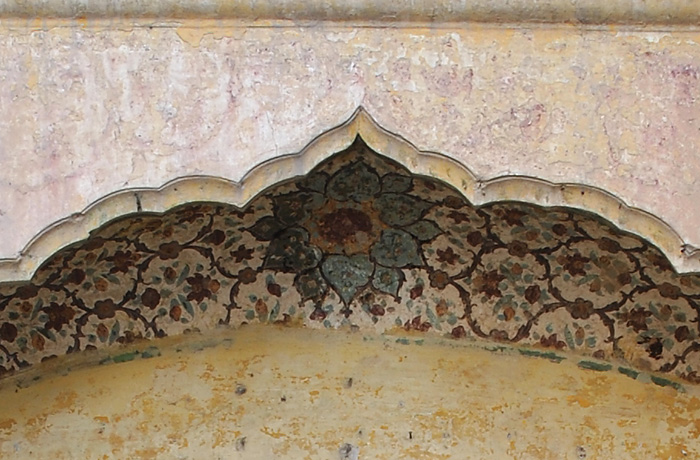
Gul Begum era la esposa de Maharaja Ranjit Singh, con quien se casó en 1831 cuando él tenía 51 años. Gul Begum había atraído por primera vez la atención del maharajá cuando la vio realizar un baile para varios de sus invitados. Cuando supo que ella era de Amritsar, el maharajá viajó allí personalmente y pidió que la niña se presentara ante él, lo cual hizo. Incluso cuando se enteró de que ella era musulmana (el maharajá era sij), quedó tan cautivado por ella que decidió desafiar las convenciones sociales al casarse con ella. Primero fue al Templo Dorado en Amritsar para orar perdón por sus acciones y luego procedió con su plan. Anunció que Gul Begum sería su reina pero que su fe sería respetada. Durante los siguientes años después de su matrimonio, Gul Begum, que en adelante fue conocido como Maharani Gulbahar Begum, colaboró estrechamente con el maharajá e incluso montó en el mismo elefante que él cuando apareció en público.
Mientras vivía en Lahore, Gul Begum recibió un palacio separado entre el Rang Mahal y Haveli Mian Khan, no lejos del sitio del jardín que se muestra aquí y que ella había construido en 1856 (17 años después de la muerte del maharajá). Pasó el resto de su vida en esta área (conocida como Mozang) y construyó un edificio similar a una tumba en el lado sur en el que fue enterrada en 1865 o 1866. Aunque no tuvo hijos, le sobrevivió su hijo adoptivo Sardar Khan, quien cuidó de los jardines y también está enterrado aquí.
Curiosamente, aunque el jardín era relativamente pequeño para los estándares de Lahore, casi un kilómetro cuadrado de la actual Lahore se conoce como el barrio de Bagh Bul Begum. Uno espera que este jardín ahora en ruinas pueda ser reformado algún día para convertirlo en una parte integral del barrio que ha tomado su nombre.
Gul Begum was the wife of Maharaja Ranjit Singh, whom she married in 1831 when he was 51 years old. Gul Begum had first attracted the Maharaja's attention when he saw her performing a dance for a number of his guests. When learning she was from Amritsar, the Maharaja rode there personally and requested that the girl appear before him, which she did. Even when learning that she was a Muslim (the Maharaja was a Sikh), he was so captivated by her that he chose to defy social convention by marrying her. He first went to the Golden Temple at Amritsar to pray forgiveness for his actions then proceeded with his plan. He announced that Gul Begum would be his queen but that her faith would be respected. For the next few years after their marriage Gul Begum--who was henceforth known as Maharani Gulbahar Begum--collaborated closely with the Maharaja and even rode on the same elephant as him when appearing in public.
While living in Lahore Gul Begum was provided with a detached palace between the Rang Mahal and Haveli Mian Khan, not far from the site of the garden shown here which she had built in 1856 (17 years after the Maharaja's death). She spent the remainder of her life in this area (known as Mozang) and built a tomb-like building on the south side in which she was interred in 1865or 1866. Although she had no children she was survived by her adopted son Sardar Khan who cared for the gardens and is also buried here.
Curiously, although the garden was relatively small by Lahore standards, nearly a square kilometer of present-day Lahore is known as the Bagh Bul Begum neighborhood. One hopes that this now-dilapidated garden may one day be refurbished to make it an integral part of the neighborhood that has taken its name.
